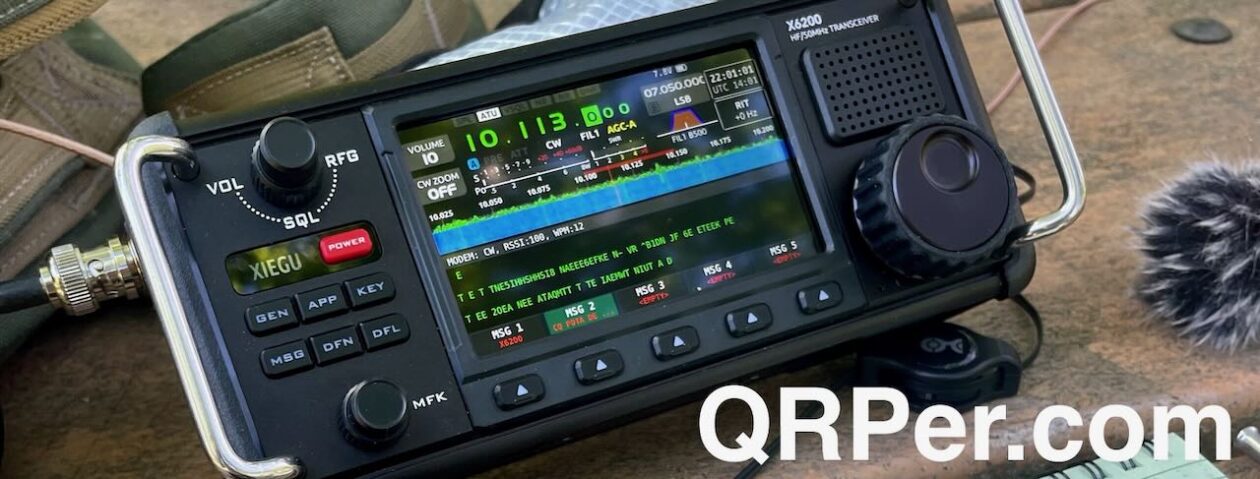It was Monday, December 25th, the second day of my POTA winter-break trip in Florida. I chose Florida for this trip to avoid bone-chilling temperatures. What I didn’t and couldn’t avoid, though, was rain. The weather forecast before I left Bloomingdale, Georgia promised rain off and on during the first part of the trip.

I had two park activations planned for Monday, December 25th – Dade Battlefield Park (K-3615) in the morning and Little Manatee River State Park (K-1898) in the afternoon. After breaking camp at Paynes Prairie State Park and getting on the road early, a steady rain began as I drove southward toward my first activation. Well, phooey. I scrapped the Dade activation and headed instead for Little Manatee River State Park, the location of our next campsite.
Little Manatee River State Park is named for the Little Manatee River which flows 40 miles from a swampy area near Fort Lonesome snaking through the landscape before emptying into Tampa Bay. It is one of the few Florida rivers that were never significantly dredged or altered therefore it is one of the most pristine blackwater rivers in Southwest Florida. Park visitors can fish along or paddle in the river. There are also hiking and horseback trails in the park.
We arrived early at the park and, as it rained off and on, killed time in the car (much to Daisy’s dismay) until our campsite was available. The weather forecast had promised rain all day; but by 1:30 PM the worst of the rain appeared behind us.

My brother wanted to hike in the park and I figured why not work in an unexpected activation to make up for the one I planned but scrapped earlier in the day. The closest park not requiring an entrance fee was Moody Branch Wildlife and Environmental Area (K-6317). Daisy and I loaded up and off we went.
The 960-acres of Moody Branch was formerly used for grazing cattle and farming. It was purchased as a gopher tortoise mitigation park when developers needed an off-site alternative to on-site protection of rare species being negatively impacted by development. The site features hiking and horseback trails for the public and is managed with gopher tortoises and the Florida scrub jay in mind.
The drive was a pleasant one. We passed fields and fields of strawberries as well as plant nurseries. By the time we arrived at Moody Branch, the sun played peek-a-boo from behind the clouds and the wind vigorously whipped across the open fields and pastures across from the preserve.
Next to the parking lot was a small covered pavilion with a picnic table, but that was exposed to the wind. Walking past it and around a large oak tree presented a sheltered area. I snagged a branch, set up the EFRW antenna, and put my Helinox chair near the feed-end with Daisy lying down nearby. By this time, the sun was out and removing my hoodie and donning my goofy hat for the sun was a necessity. Continue reading Expect the Unexpected with POTA
































 Finding a frequency in 20 meters, I started calling. Propagation in phases, but a satisfying activation emerged, with 40 contacts scattered throughout Europe in 70 minutes on the air, including 5 “park to park.” Among them, even IW0HK, who was at Montemario Park.
Finding a frequency in 20 meters, I started calling. Propagation in phases, but a satisfying activation emerged, with 40 contacts scattered throughout Europe in 70 minutes on the air, including 5 “park to park.” Among them, even IW0HK, who was at Montemario Park.














































